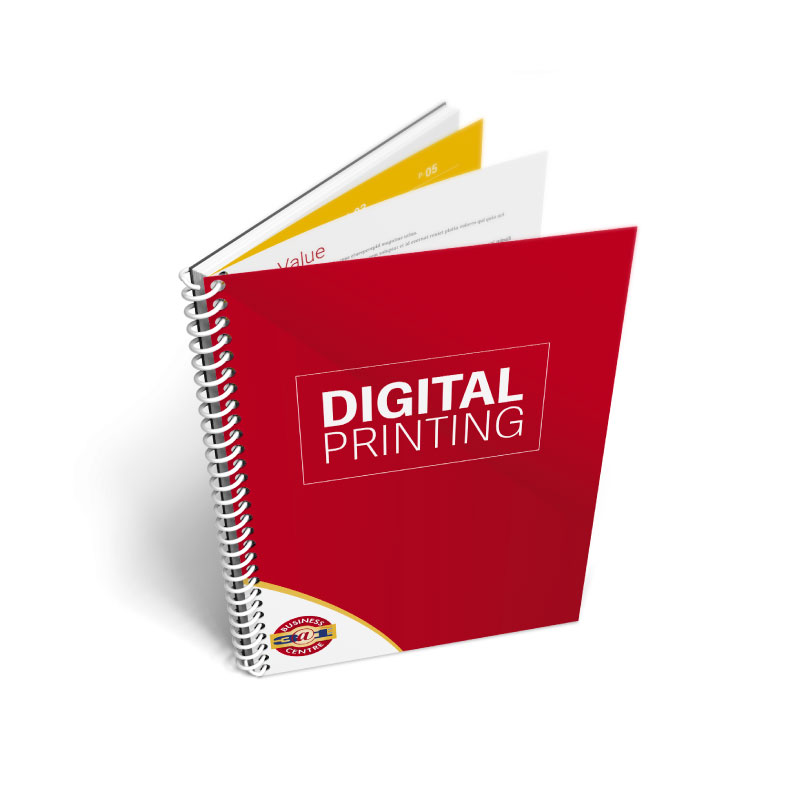Facebook campaigns plays a key role in growing print on demand sales.
Wiki Article
Comprehending Just How Digital Printing Revolutionizes the Printing Market
The printing sector, long steeped in standard approaches, is undergoing an extreme makeover with the introduction of electronic printing. This cutting-edge technology, which eschews the demand for printing plates, allows fast manufacturing and modification, improving the landscape of print communication. With its prospective to stimulate involvement via personalized material and to supply lasting solutions, it's clear that digital printing is greater than a technological innovation; it's a pivotal game changer. But exactly how precisely does it reinvent the sector? Let's explore.The Evolution of Digital Printing: A Short Introduction
Since its creation, electronic printing has actually gone through significant makeovers, constantly revolutionizing the printing market. With the advent of the 90s, electronic printing modern technology started to mature, and the market witnessed the introduction of straight imaging presses, which removed the need for publishing plates. As the new millennium unravelled, advancements in modern technology further stimulated the growth of digital printing, leading to the development of high-speed inkjet printers.
Unboxing the Innovation Behind Digital Printing
Digging right into the ins and outs of digital printing technology, one experiences an abundant tapestry of innovative equipment and facility formulas. At the heart of this process exists an electronic photo, which is processed by software that splits it right into a grid of dots. These dots are then converted into a digital code. This code is translated by the printer, which utilizes it to exactly deposit droplets of ink onto the substratum. The droplets are so little and precise that they develop an image that is basically identical from the initial. This elaborate system, strengthened by advanced software program and high-resolution imaging, has transformed the landscape of the printing sector, leading the way for extraordinary levels of detail and precision. wikipedia reference
The Advantages of Digital Printing for Services
Comprehending the innovation behind digital printing provides a clear picture of its accuracy and information. Digital printing is environmentally friendly, making use of much less ink and creating less waste. The complete possibility of electronic printing is recognized when used for modification and customization, a topic that will be covered in deepness in the following section.The Role of Digital Printing in Modification and Personalization
While standard printing techniques have problem with modification and personalization, electronic printing masters these areas. It enables the simple alteration of layouts, without the requirement for expensive get redirected here and taxing plate modifications (print on demand). This enables businesses to customize products to specific clients, conference specific demands and improving customer satisfactionDigital printing likewise allows for variable data printing, where components such as text, graphics, and pictures might be changed from one printed item to the next, without decreasing the printing procedure. This is specifically helpful for straight marketing projects, where tailored messaging can considerably enhance feedback rates. By doing this, electronic printing not just transforms the printing market yet also transforms the method services connect with their customers.
Analysing the Environmental Effect of Digital Printing
Although electronic printing has actually been lauded for its duty in modification and customization, it is critical to examine its ecological influence. Digital printing can be less wasteful than traditional approaches, because it operates on a 'print on need' basis, eliminating the need for huge print runs that can lead to excess and useful reference waste. Additionally, it uses fewer chemicals and creates less volatile organic compounds (VOCs) compared to offset printing. However, the energy use of electronic printers can be high, leading to increased carbon footprint. Moreover, using non-recyclable printing elements and the difficulty of e-waste management position significant environmental problems. For that reason, while digital printing has several benefits, its environmental impact must be diligently handled.Conclusion
In verdict, digital printing has actually transformed the printing sector, using rapid, economical, and premium remedies. It assists in customization, improving customer interaction, and uses a sustainable print-on-demand design. As this technology proceeds to advance, its effect on organization communication, consumer fulfillment, and ecological sustainability ends up being significantly profound. Understanding these adjustments is critical for businesses to leverage the advantages of electronic printing efficiently.Report this wiki page